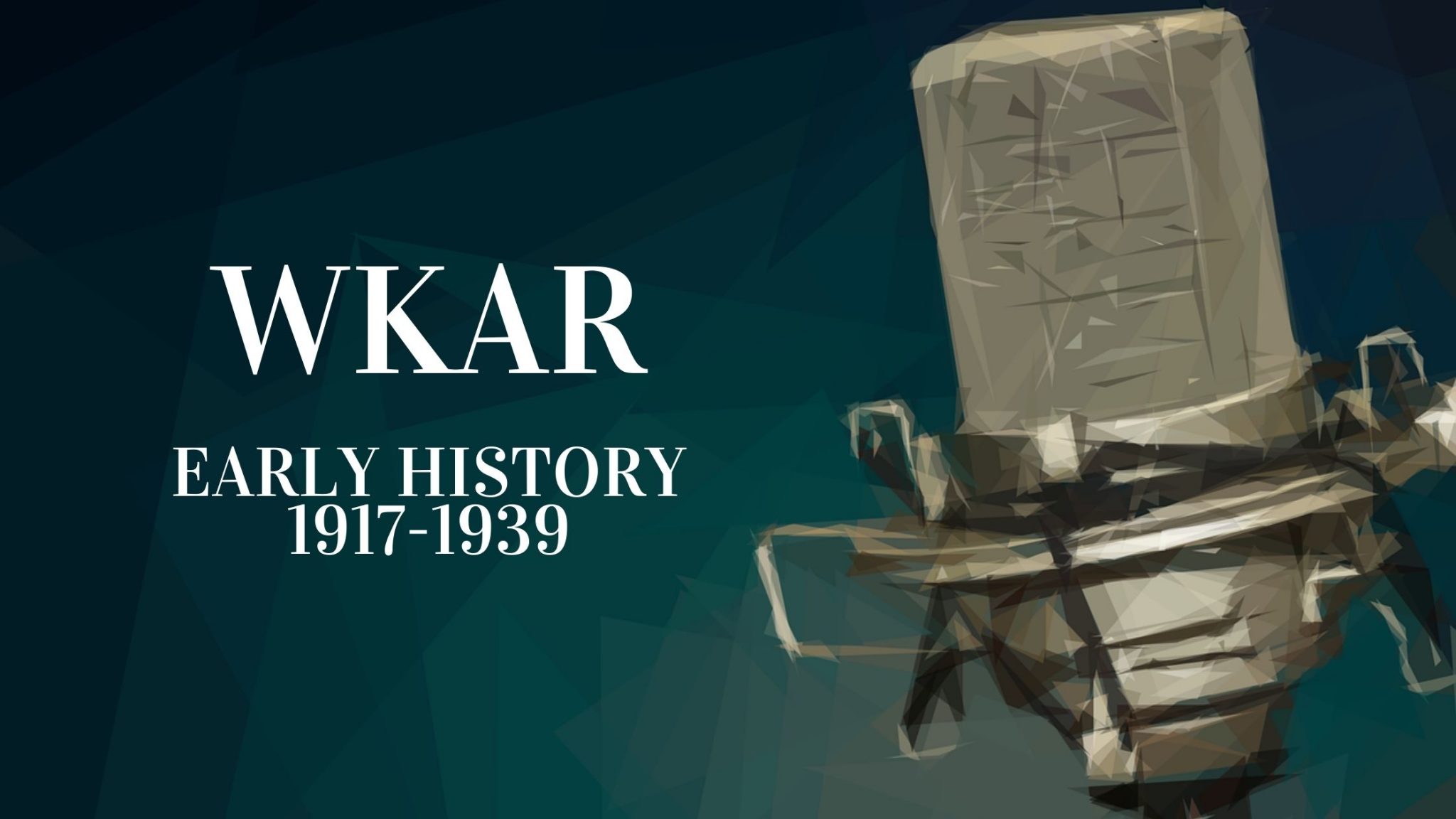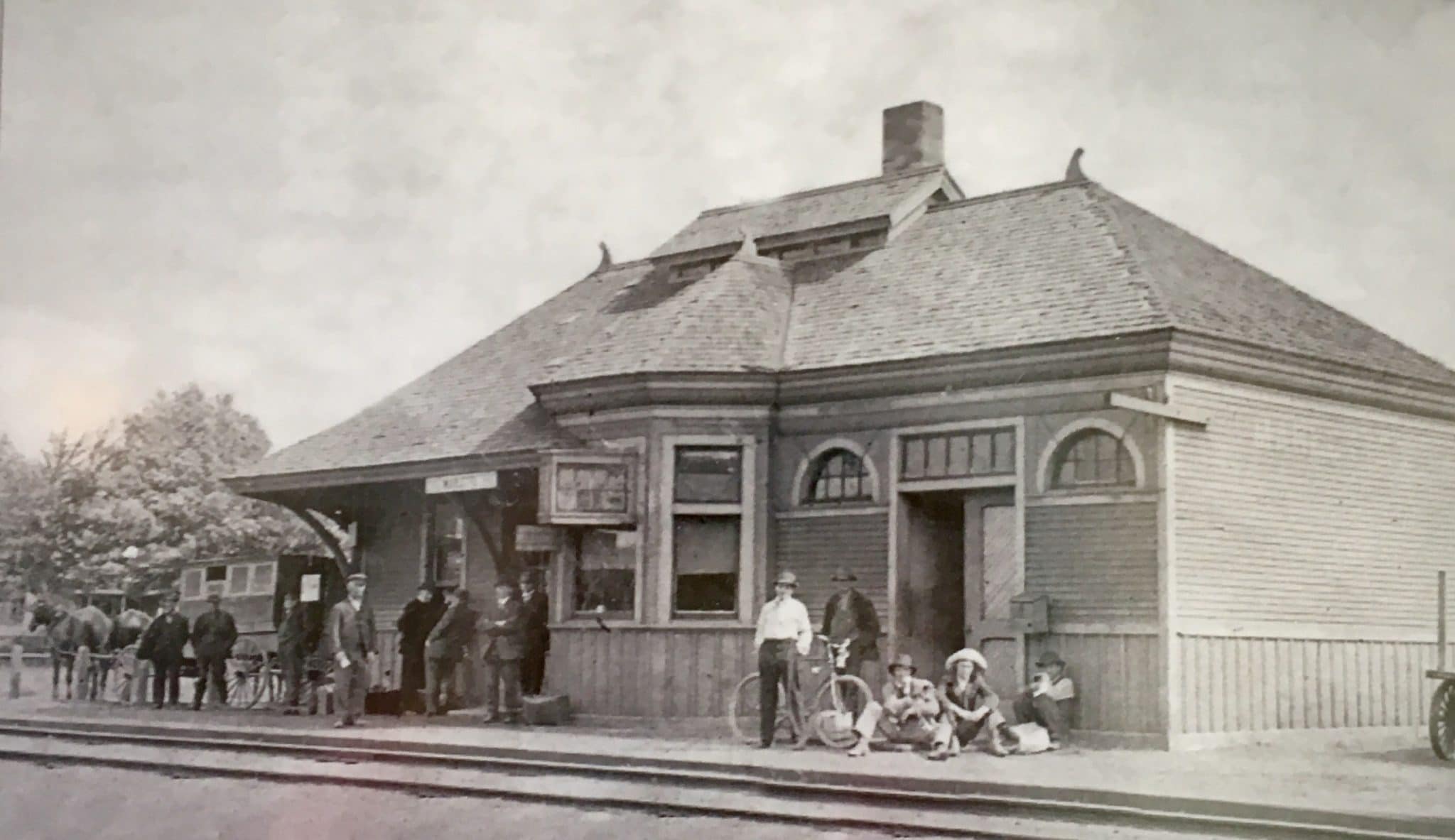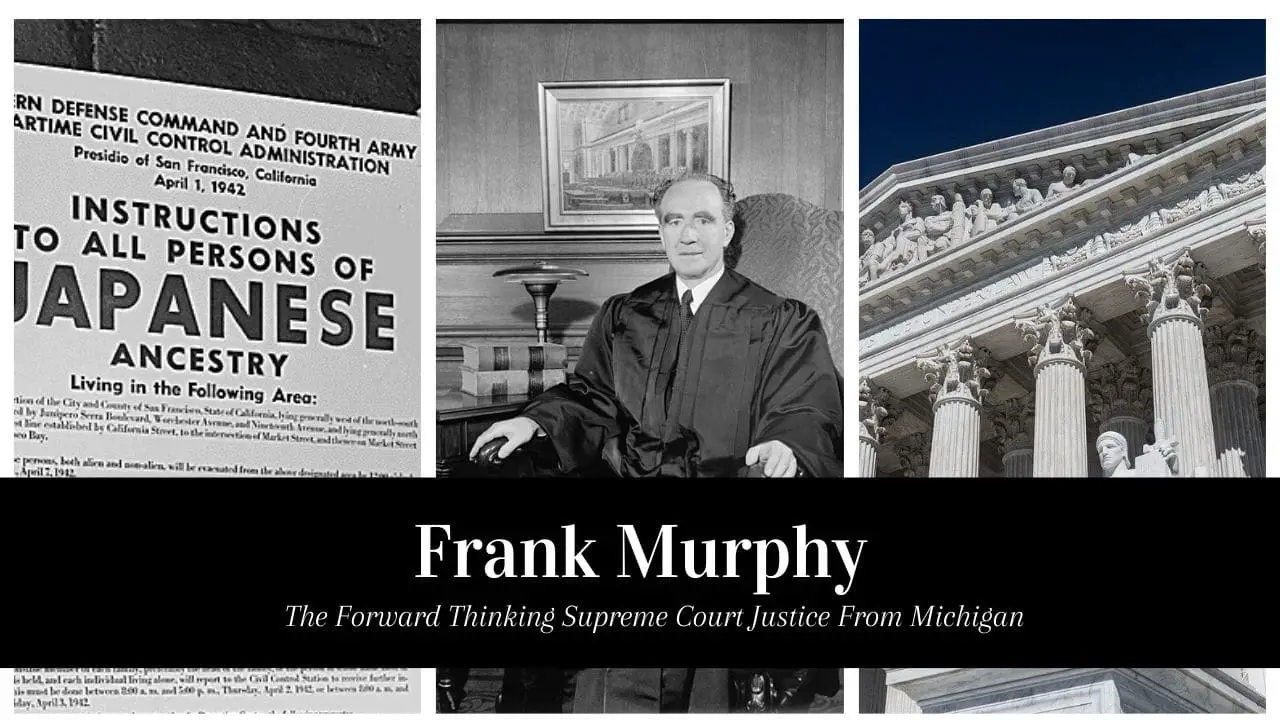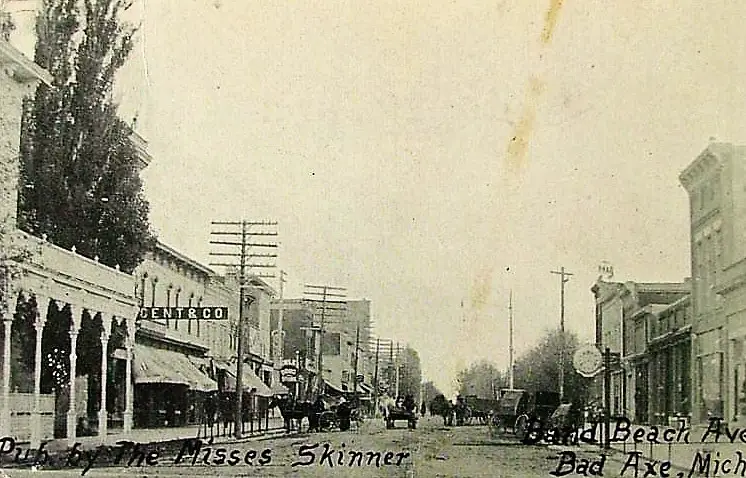The history of WKAR and early educational radio is marked by periods of experimentalism and growth. It has been a subject of intense political debate and scrutiny. Yet for all the changes it has endured, the alternative programming that educational radio broadcasts to its listeners has remained at a high quality comparable to commercial radio. This is the early history of WKAR in the mid-Michigan area and the advancement of the station we enjoy today.
WKAR Started By Using Surplus Military Equipment
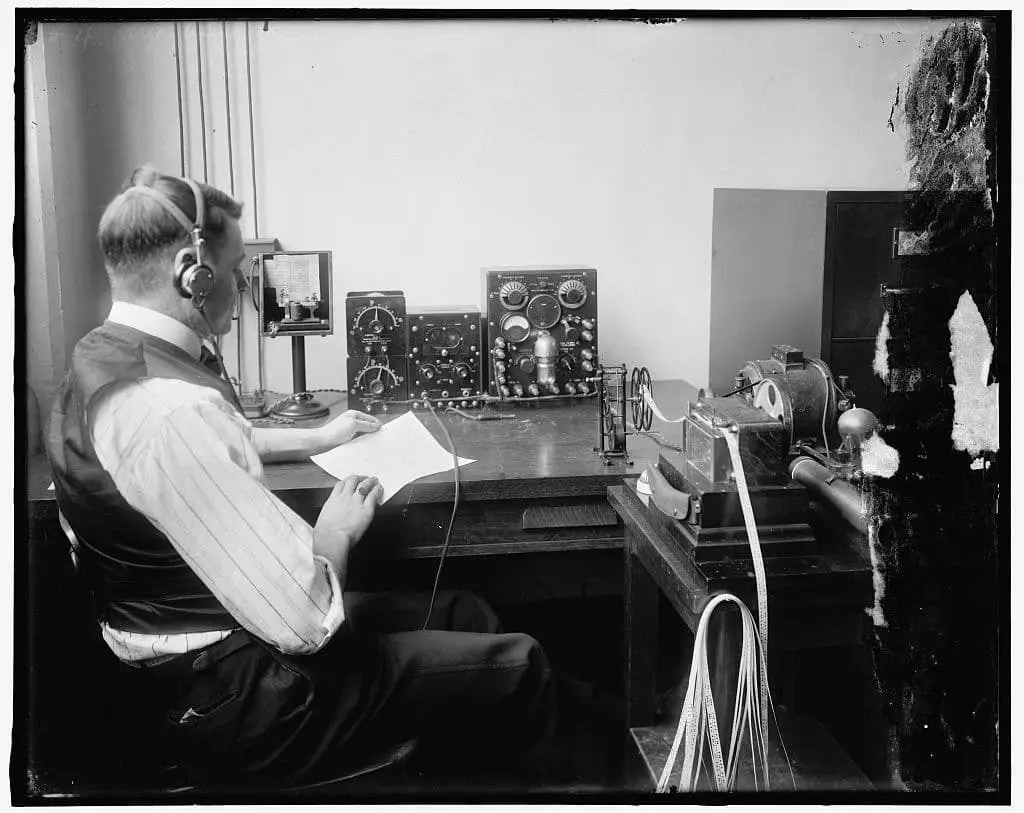
. [Between 1910 and 1920] Photograph. Retrieved from the Library of Congress, <www.loc.gov/item/2016855306/>.
In April 1917, Frank S. Kedzie, President of Michigan Agricultural College, asked a 27-year-old freshman student, Norris E. Grover, to teach telegraphy. The Army Signal Corps provided all the necessary equipment to teach Army personnel telegraphy and Morse code. The war in Europe was waged against the Central Powers, and the government ordered all amateur stations off the air for the duration. From 1918 to 1923, the electrical engineering department transformed the equipment used for teaching telegraphy to an unlicensed amateur station. The call letters 8YG were used to identify it, and it carried messages to other amateur stations in the area. It transmitted many campus activities.
Radio station WKAR came into being on May 19, 1922, with the federal government authorizing the Michigan Agricultural College, a 250-watt station located at 1040 kilohertz. It was the start of a new era in education at the small college.
Michigan Agricultural College was going into a new age with little more than used equipment and a bit of creativity. The transmitter was only 50 watts, and no full-time staff was available. From this time until a program director was installed in April 1923, no regular programming took place. It was still basically an experimental outlet for electrical engineers than an information medium.
WKAR Early Days of Programming
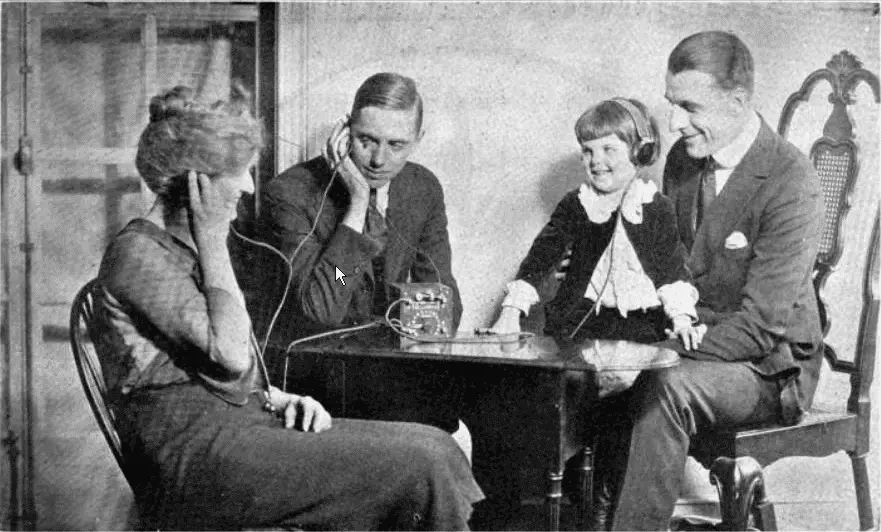
Radio was still a fad. The radio receiver of the genuinely interested was not an RCA or Zenith, but a makeshift “radiophone” or homemade “cat’s whiskers set,” made from a Quaker Oats container. From 1922 to 1929, the makers of home sets were grossing hundreds of millions of dollars, when the fad became a new medium. In 1922 most of the 382 licensed stations were owned by radio set manufacturers or retail outlets of radio equipment. M. A. C. was indeed a minority as far as having a licensed station that was non-commercial. In 1924 work on a regular schedule was started, and new equipment was installed, enabling WKAR to increase the power to 500 watts.
In mid-1924, WKAR began broadcasting a short-course program for farmers. This was the first in special programming directed to a specific segment of the community. In 1925 the station advanced once again with equipment donated by WWJ in Detroit. This allowed an increase to 1000 watts in January 1926. However, WKAR only operated for about one hour a day between 12 and 1 pm. The station also shared its frequency with WGHP of Detroit. The two stations shared a clear channel until the federal government notified WKAR to reduce the power to 500 watts and operate only during the day. The station broadcasted only one hour a day for six years until 1934.
WKAR Modernizes and Grows
1934 was amid an era when radio had its best in programming, “Amo’s ‘n’ Andy,” Eddie Cantor and Ed Wynn were the prime acts and talent during the Depression. WKAR, at this time, was entering a period of significant expansion. A full-time director of the station was hired. Robert Jesse Colman worked as a full-time announcer and program supervisor at the Ohio State station, WOSU, from 1925 to 1929. Also, a new transmitter was built, and the wattage increased to 5000 watts. The studios, which from 1924 had been in the Home Economics building, were being moved to new modern studios at the Auditorium building.
Jesse Colman made significant reforms in programming length and what aired. Programs in Agriculture and Home Economics were two of the departments that had programming before 1934. To it were added two departments of the state government, Conservation and Education. Also, all Michigan State football games were broadcast, both home and away. The first course taught on WKÅR was a 15-minute Spanish lesson that was broadcast every Monday from November 1934 to June 1935. No college credit was earned. Finally, the music department also started broadcasting programming starting in November.
WKAR Extends its Broadcast Day
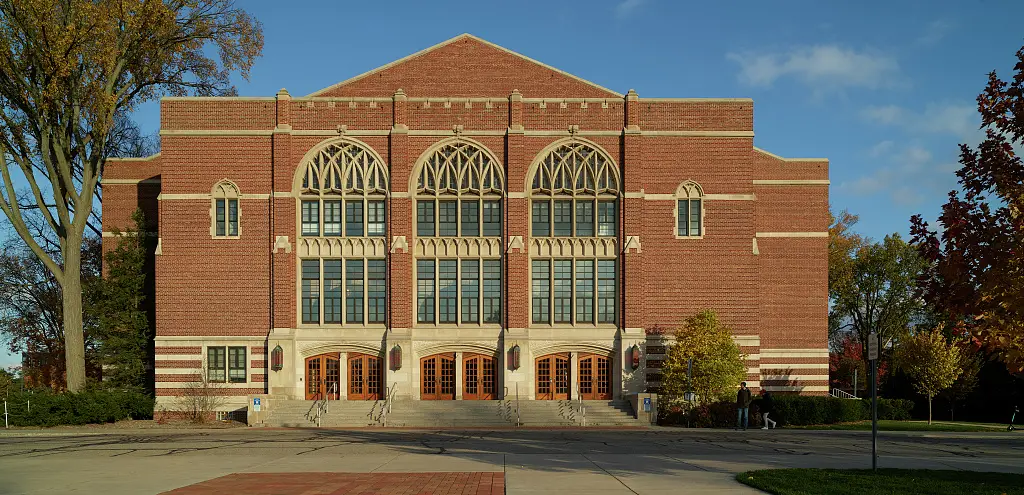
. -11-05. Photograph. Retrieved from the Library of Congress, <www.loc.gov/item/2020722755/>.
More people were hired from the start of 1935, and the broadcasting day was extended. Colman hired an assistant announcer and dramatic director to help with programming. The dramatics director was Mr. Cecil Nickle, who did 15-minute programs on Wednesdays using students as talent. Starting in January, WKAR extended its broadcasting to 4 hours a day, from noon until 4 pm, and one hour of radio was maintained on Saturdays starting at noon. Some “Special” events extended the broadcast day. Typical was a classroom broadcast on the topic of the New Deal, which ran twice a week from 4:15-5:30 pm. Also, individual programs ran from 9arn—5 pm during farmers’ week at MSC. On January 20, 1936, WKAR was granted a change in frequency from 1040KC to 850KC. This allowed an open channel and a larger receiving area.
During 1936 WKAR increased the number of broadcasts plus substantial increases in the quality of programming. During January 1936, WKAR had 6,180 minutes of programming. At this time, it was sixth in the amount of programming in comparison with other colleges with radio stations. However, after the new frequency transition, WKAR operated 10,800 minutes of scheduled shows a month. This would place it just ahead of WCSU, Ohio State University, and just behind WHA, University of Wisconsin.
WKAR’s College of the Air
WKAR went ahead by increasing programming and coverage of the listening area in the year 1937. Ten college courses were added during the “College of the Air” series from 1936 to 1937. Here both in-studio and classroom lectures made up this educational programming. During this time, a mobile transmitter was put into operation. W8XSC was a short-wave station with a radius of ten miles. They were intended to bring programs to the air from outside the studio and classroom. Programs originated from around the campus and from the local area.
During the year, two nationwide programs were made by MSC. The Pontiac Motor Company sponsored the Varsity Show, which carried coast to coast on NBC. During this time of advancement and change, the FCC granted the station the right to broadcast a full 8-hour day. Formally the station was running from sun-up to sun-down. In January 1938, the National Association of Broadcasters announced that WKAIR reached about 85 percent of the radio families in Michigan. Of this, there were 142,000 farms within WKAR’s reach. With this enormous potential audience, WKAR made new gains in improving the station before World War II.
The educational aspect of radio broadcasting slowly came into being from the school of Journalism and the Speech department starting in the late ’30s. Indeed, MSC was way ahead of many institutions in broadcast education. It wasn’t until 1947 that NAB made a severe study of broadcast education and noted the lack of sound broadcast-related topics.
WKARs Role in WWII
The development of WKAR did not stop at the beginning of World War II. Indeed, many new programs started, and other technical improvements were implemented. WKAR did much to contribute to the war effort in its programming. Much of the staff at WKAR went to war, with one, John Hays, who was killed in action. After the war, WKAR applied for an FM license and built a separate studio and control room. This was only the beginning for WKAR-AM/FM in East Lansing, that we enjoy today.
Sources
- Landry, Robert J. This Fascinating Radio Business. • New York: Bobbs-Merrill Company, 1946
- Anderson, Dale N. “An Analysis of the Radio-Television Training Programs in Institutions of Higher Education. Unpublished, Ph.D. dissertation; Michigan State University, East Lansing, Michigan, 1960.
- Frymire, Lawrence T A Study of the Factor Influencing, Distributed by Radio Station WKAR ” Unpublished Ph.D., Thesis, Michigan State University, East Lansing, Michigan, 1961.
- Kamins, Robert William. “The History of Radio Broadcasting and Radio Education at Michigan State College 1917-1947. ” Unpublished M.A. Thesis, Michigan State College, East Lansing, 1947.
- Orr, Andrew C. “A Study of the Effect of a Farm Cooperative Marketing Agency’s Radio and Print Communications. ” Unpublished M.A. Thesis, Michigan State University, East Lansing, 1957.
Related WKAR Radio Reading
Michigan Upper Thumb Radio Stations

